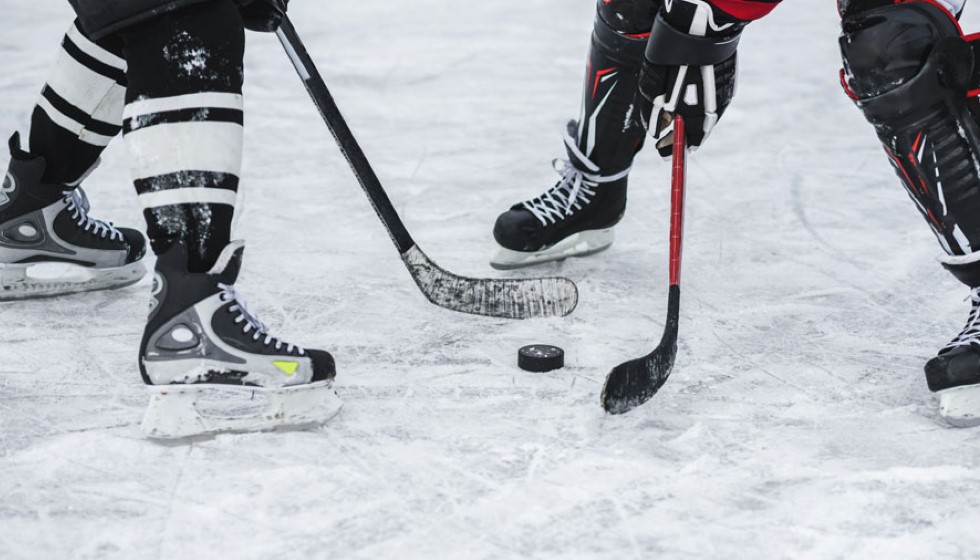
In a recent clash between the Toronto Maple Leafs and the New York Rangers, the spotlight fell on an unusual and towering figure: rookie Matt Rempe. Standing an imposing 6 feet 7 inches tall and weighing 240 pounds, Rempe has already made his mark in just seven games, boasting a goal and an assist. However, it's his time in the penalty box—a total of 37 minutes, outstripping his actual gameplay time—that has garnered much attention. In the world of hockey, this type of player is often labeled an "enforcer", a role that Rempe appears to embody.
The Role of an Enforcer
Enforcers in hockey have a long and contentious history. Their role, characterized by physical play and fighting, is to protect the more skilled players on the team. Traditionally, this has made them vital components of a team's strategy, albeit at a cost. The tragic deaths of enforcers like Derek Boogaard, Wade Belak, and Rick Rypien in 2011 brought the dangers of this role into sharp focus, highlighting the potential link between repeated on-ice fights and Chronic Traumatic Encephalopathy (CTE), a degenerative brain condition. Despite this, NHL Commissioner Gary Bettman has contested claims that directly connect fighting in hockey with CTE.
The evolution of the game has also seen the enforcer role diminish. With the rise of analytics in hockey, the emphasis has shifted towards speed, skill, and strategy, sidelining roles that don't contribute heavily to scoring or efficient play. Traditionally, enforcers are not known for their scoring prowess or skating skills. Their primary contribution -- fighting -- has seen a significant decline, leading to a faster and more engaging version of the game that appeals to a broader audience.
Fighting: A Declining but Persistent Tradition
Despite these changes, fighting remains ingrained in hockey's "code". It's a practice that those within the sport argue keeps the game safer by holding players accountable in ways that official rules may not. However, the efficacy and morality of this approach continue to be debated. Analysts and former players on platforms like TNT's NHL panel often discuss the role of physicality in the game. For instance, Paul Bissonnette, a former player turned analyst, regarded Rempe's aggressive playing style as a nod to hockey's old-school era, praising his willingness to answer for his actions on the ice.
The Cultural Impact and Future of Hockey
The discussion around players like Rempe and the role of enforcers speaks to larger shifts within the NHL and hockey culture. Recently, the NHL found itself at the center of a cultural debate when a LinkedIn post about a career fair was criticized by Florida Governor Ron DeSantis, highlighting the tensions between the league's attempts at inclusivity and external political pressures. Such incidents underscore the evolving nature of hockey, not just as a sport but as a cultural entity.
Supporters of the enforcer role argue that it makes the game safer, suggesting that the presence of tough players could deter opponents from taking liberties with star athletes. However, detractors point out that this does not prevent injuries and instead may escalate violence unnecessarily. The effectiveness of enforcers, like Rempe, in moderating the game's tenor remains a subject of intense debate. Could the actions of such players lead to a more respectful game environment, or do they simply set the stage for further controversy?
In conclusion, as the NHL and its fans navigate these evolving dynamics, the role of the enforcer remains both a contentious and fascinating topic. The league's efforts to speed up the game and make it more inclusive have not erased the tough, physical play embodied by players like Matt Rempe. Whether this aspect of hockey will survive or diminish further as the sport continues to evolve is a question that only time will answer. What remains clear, however, is the ongoing debate about the place of fighting and physicality in hockey—a debate that reflects broader cultural clashes and the changing nature of the sport itself.